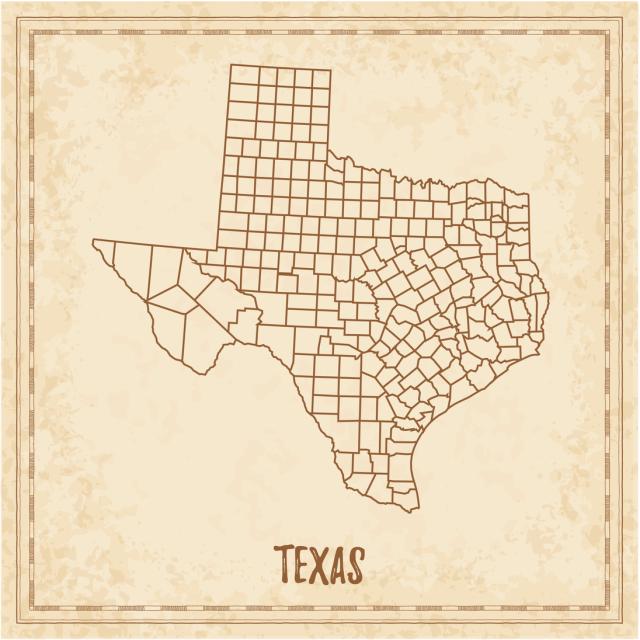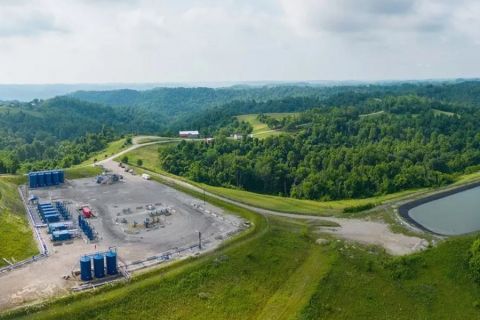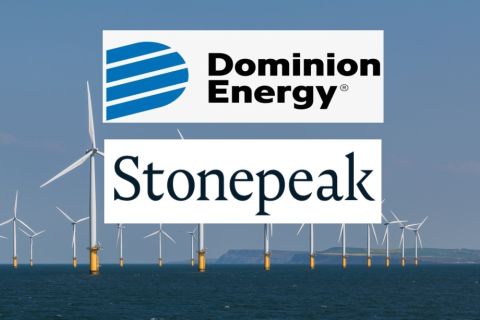
Learn more about Hart Energy Conferences
Get our latest conference schedules, updates and insights straight to your inbox.
Welcome to the hit-or-miss A&D market: It’s time to party like it’s 2016.
The A&D market still has a large toolbox from which to crank deals, but more often it seems to be pulling out standard wrenches when a metric socket would be better suited.
These days, activist investors push for sales and settle for board seats; acquirers such as Occidental Petroleum Corp. get ultra-aggressive; and, to paraphrase Walt Whitman, some are noiseless, patient spiders waiting for a tug on the right thread.
Scott Sheffield, CEO of Pioneer Natural Resources Co., appears strikingly pragmatic about the turmoil. His take on Permian A&D is that some deal prices seem a bit high, but he’ll take them if he can get them.
Pioneer said in the second quarter that it sold about 3,300 net Midland Basin acres in northern Martin County, Texas, for $66 million, or about $20,000 per acre.
“It’s the first time we’ve seen a cash deal coming in from private equity over the last two years,” Sheffield said.
Nevertheless, a more recent Occidental joint venture (JV) was encouraging, if slightly baffling, to Sheffield.
“Over the last two years, there hasn’t been much done, except for the Oxy [Occidental Petroleum Inc.] transaction, which people have established acreage costs somewhere between $40,000 and $50,000 per acre,” Sheffield said on an Aug. 7 earnings call.
In addition to buying Anadarko Petroleum Inc. for $55 billion, Sheffield also noted Occidental’s JV with Colombia’s Ecopetrol SA. The deal covers 97,000 net acres of Occidental’s Midland Basin properties. The $1.5 billion transaction works out to about $31,500 per acre. Occidental will operate the Midland position, bringing along EOR techniques from the Delaware.
“We’ve seen this recent transaction for Ecopetrol doing a deal with Oxy at $31,500 per acre,” Sheffield said. “In our treasure maps in the Midland Basin where [we’re] the experts, only 15% of that acreage was in core [areas], 85% was noncore. So, it seems like a very, very high price for noncore acreage.
“We would sell noncore acreage all day long at $31,500 per acre,” he said.
On Aug. 12, speaking at EnerCom’s The Oil & Gas Conference in Denver, Occidental CFO Cedric Burgher weighed Sheffield’s assessment after Investor asked whether the JV areas were mostly noncore.
“Do I agree with it? No,” Burgher said. “Would I filter the input? Yes.” Investors should look at well performance, he said. Without mentioning Pioneer by name, he added, “If you aren’t making many good wells, you’ve got to be questioning, ‘How good are they?’ Look at the scorecards on by-well performance and how many great wells they can produce.
“Then look at the cost. Look at the proppant loading,” he said. “If it takes a lot of proppant to load it up, you may be destroying value at the NPV [net present value].”
The JV and the asset unite quality assets and Occidental’s operational prowess, Burgher added.
“We think it’s a good asset, and we think we’ll make some good wells,” he said.
Another-quasi Permian company, QEP Resources Inc., saw its fortunes go south this year. In January, Elliott Management Corp. bought up QEP stock, arguing QEP was undervalued. The firm offered more than $2 billion to buy out the company.
In retrospect, QEP was either overvalued, or Elliott was speaking loudly but carrying a small stick.
On Jan. 7, Elliott publicized an $8.75 per-share deal to buy QEP—nearly 44% more than QEP’s most recent trading day price of $6.08 per share. Share prices surged as high as $9. QEP reviewed different options, including potential divestitures or mergers. In August, after seven fruitless months, Elliott and QEP announced they would work together, with Elliott’s $2 billion offer evaporating like an understudy’s flop sweat. Upon reaching the détente, QEP’s stock price was $4 per share. Time to cash in, investors.
With all the shouting done, QEP will continue as an independent company. In the second quarter, it delivered oil and cash flow per share beats vs. Wall Street, spent 12% less capital and lowered drilling expenses. Elliott, for setting off a string of firecrackers, will now have a say in selecting two new seats on QEP’s board of directors. For a firm with not quite 5% of QEP’s stock, that is an impressive deal.
And the patient sellers and buyers simply wait, as Pioneer has.
Sheffield said he wasn’t sure exactly how much noncore Pioneer owns, “but we do have some pieces that, if we can’t trade or block it up, we’re going to sell.”
Sheffield added that he’d be just fine with a price “somewhere between that $20,000 and $30,000 per acre range.”
Recommended Reading
Kimmeridge Withdraws SilverBow Deal to Focus on E&P’s ‘Broken’ Board
2024-04-16 - Investment firm Kimmeridge said it had withdrawn its offer to combine its Eagle Ford E&P with SilverBow Resources as it promotes a slate of independent directors for SilverBow’s board at the company’s May annual meeting.
The JF Petroleum Group Acquires General Contractor GE Goodson Service
2024-04-15 - Following the transaction, GE Goodson will operate as The JF Petroleum Group’s Midland branch on a go-forward basis.
EQT, Equinor Agree to Massive Appalachia Acreage Swap
2024-04-15 - Equinor will part with its operated assets in the Marcellus and Utica Shale and pay $500 million to EQT in exchange for 40% of EQT’s non-operated assets in the Northern Marcellus Shale.
Marketed: Foundation Energy 162 Well Package in Permian Basin
2024-04-12 - Foundation Energy Fund V-A has retained EnergyNet for the sale of a 162 Permian Basin opportunity well package in Eddy and Lea counties, New Mexico and Howard County, Texas.
Stonepeak, Dominion Energy to Partner on Virginia Offshore Wind Project
2024-02-22 - Stonepeak will acquire a 50% interest in Dominion Energy’s offshore wind project, which is expected to be the largest offshore wind farm in the U.S.





